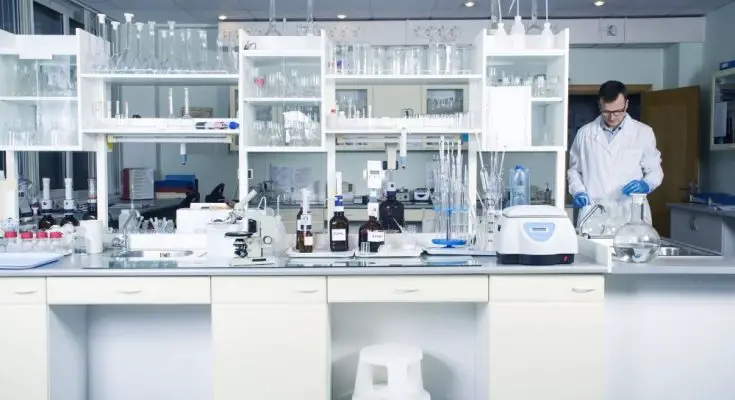When it comes to working in a laboratory environment, there are some hazards to be aware of. Lab technicians work under some potentially dangerous conditions. Without the proper training and protection, accidents can occur. Here are some examples of common lab safety accidents and how to avoid them in your own laboratory.
Fires
Starting a fire in the lab space is a common concern of many technicians. Hot plates, torches, burners, and more have the potential to spread their flames or catch nearby items on fire. This is why all laboratories should be equipped with a fire extinguisher, fire blanket, and sprinklers. Make sure to keep clutter away from flames or hot surfaces as well.
Chemical Burns
Aside from heat-based burns, there is also the potential for chemical burns in a lab. Many laboratories work with hazardous materials, including corrosive chemicals. All lab employees need proper training on handling these materials. PPE (personal protective equipment) is important for maintaining safety as well. When working with hazardous materials, always wear the right gloves, an apron or lab coat, and protective glasses. Goggles with splash guards are essential eye protection when it comes to working with chemicals.
Toxic Fumes
Some of the chemicals and other materials at work in the lab space may give off toxic fumes. Lab technicians should only handle these materials in properly ventilated areas, such as a safety cabinet with a fume hood. A mask might be required to work with these materials as well, especially those that are particularly dangerous if you were to inhale them.
Open Wounds
Instruments are bound to break in the laboratory at least once. Gas beakers and test tubes are fragile and can easily shatter when impacted. Make sure to clean up any breaks immediately, but be careful when collecting glass and other sharp objects. Have a first aid kit on hand for any cuts and scrapes that might result from broken utensils or using sharp objects like dissection tools.
Now that you know about some of the common lab safety accidents and how to avoid them, you can use this knowledge to boost your own laboratory’s safety. Some accidents are bound to happen eventually, but you can be prepared and minimize the damages.
Additional Resources:
Atoms
Cells
Kratom



